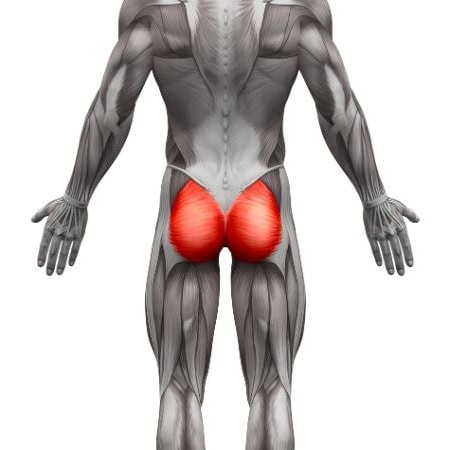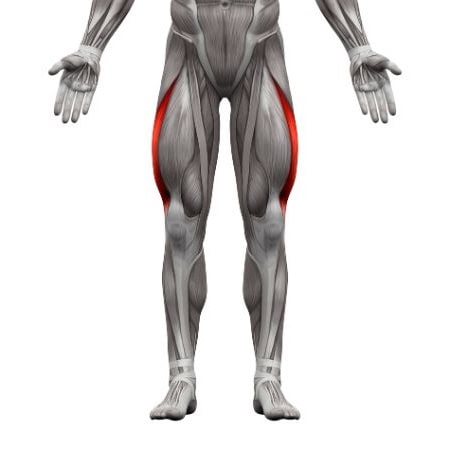Dumbbell Goblet Squat
How to do Dumbbell Goblet Squat?
The goblet squat is a full-body, functional squat variation that involves holding a single dumbbell close to your chest while performing a squat. This exercise is excellent for building strength in the lower body, improving core stability, and teaching proper squat form, as the front-loaded position encourages an upright posture. It’s also great for beginners due to its simplicity and ease of control.
Steps to Perform the Exercise:
- Hold the Dumbbell: Grab a dumbbell with both hands and hold it vertically close to your chest. Your hands should be cupping the top end of the dumbbell (imagine holding a goblet), with your elbows tucked in close to your body.
- Set Your Feet: Position your feet slightly wider than hip-width apart, with your toes pointing slightly outward to create a stable base.
- Engage Your Core and Brace: Tighten your core muscles to support your spine and keep your chest upright throughout the movement.
- Begin the Squat: Lower your body by bending at the hips and knees simultaneously, keeping your elbows inside your knees as you descend. Your back should remain straight, and your chest should stay lifted to avoid rounding your spine.
- Lower Until Parallel: Squat down until your thighs are parallel to the ground, or go deeper if your mobility allows, while keeping your weight on your heels.
- Stand Back Up: Push through your heels and drive your hips forward to return to a standing position. Squeeze your glutes at the top of the movement.
Tips for the proper execution of Dumbbell Goblet Squat
Keep Chest Up: Holding the dumbbell in front of your chest helps you maintain an upright torso, but focus on pulling your shoulders back and keeping your chest high throughout the movement.
Knee and Toe Alignment: Ensure that your knees are tracking in line with your toes as you descend. Avoid letting your knees collapse inward.
Elbows Inside Knees: As you squat down, your elbows should stay inside your knees. This helps maintain good form and prevents excessive forward lean.
Weight on Heels: Keep the weight distributed on your midfoot and heels, not your toes. You should be able to wiggle your toes as you squat.
Breathing: Inhale as you lower into the squat and exhale as you push back up to standing. Proper breathing helps stabilize your core.
Muscles worked when doing Dumbbell Goblet Squat
- Primary Muscles: Quadriceps, hamstrings, glutes.
- Secondary Muscles: Core (rectus abdominis, obliques, transverse abdominis), lower back (erector spinae), upper back (trapezius, rhomboids), shoulders, calves (gastrocnemius, soleus).
Primary Muscle(s):
Secondary Muscle(s):
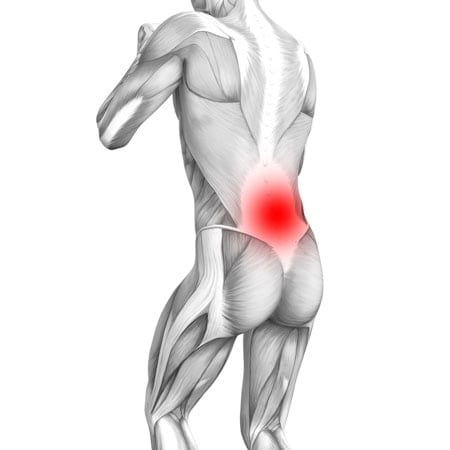
Lower back
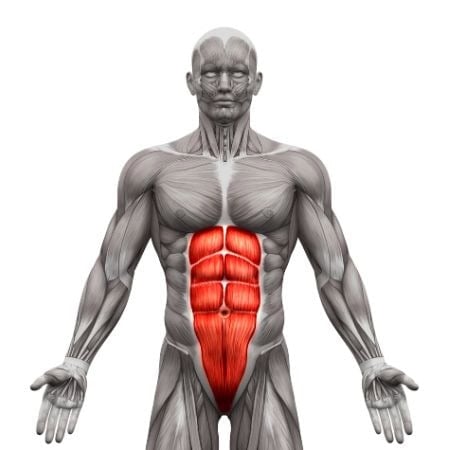
Abdominal
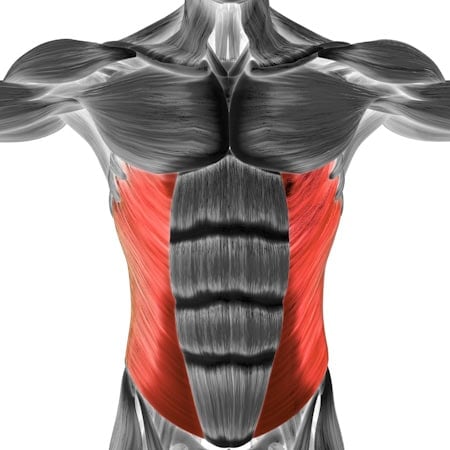
Oblique
Equipment needed for Dumbbell Goblet Squat
No equipment found.
Adjust the difficulty of Dumbbell Goblet Squat
How to make Dumbbell Goblet Squat harder?
How to make Dumbbell Goblet Squat easier?
How to make Dumbbell Goblet Squat harder?
To make Dumbbell Goblet Squat harder:
-
Increase the Weight: Progress to a heavier dumbbell to increase the resistance and challenge your lower body and core.
-
Slow the Tempo: Slow down the eccentric (lowering) phase of the squat to 3-5 seconds, increasing time under tension for the muscles.
-
Add a Pause at the Bottom: Pause for 2-3 seconds at the bottom of the squat before standing up. This eliminates momentum and forces your muscles to work harder.
-
Increase Reps or Sets: Add more repetitions or additional sets to increase the overall volume, challenging both strength and endurance.
-
Overhead Variation: For an advanced variation, press the dumbbell overhead as you perform the squat, which increases the demand on your core and shoulders.
How to make Dumbbell Goblet Squat easier?
To make Dumbbell Goblet Squat easier:
-
Use a Lighter Dumbbell: Start with a lighter dumbbell to focus on form and technique before progressing to heavier weights.
-
Shallow Squats: If you struggle with depth or mobility, begin by squatting only halfway down. Increase the depth as your mobility and strength improve.
-
Squat to a Box: Use a box or bench to squat down onto and then push back up. This helps beginners learn the movement and maintain balance.


